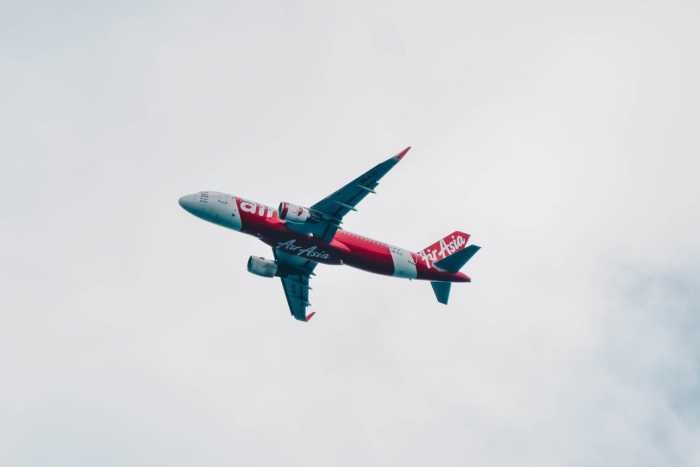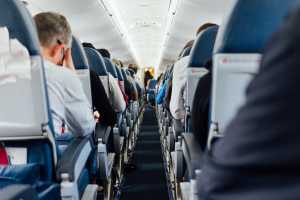
Thai AirAsia to Expand Hat Yai Base
25th Feb 2016

In a bid to build Hat Yai into a hub for southern Thailand and ASEAN, a subsidiary of AirAsia Bhd, Thai AirAsia is looking to increase its presence in the city and the province of Songkhla.
As chief executive officer of Thai AirAsia, Tassapon Bijleveld revealed, the plan is for Hat Yai to serve as a hub for the carrier’s operations to cities in ASEAN (The Association of Southeastern Asian Nations).
Mr Bijleveld said about making Hat Yai a new hub for the airline:
Hat Yai is our newest hub offering direct flights to destinations in Thailand and also to Asean neighbors. Thai AirAsia launched its first flight from Bangkok to Hat Yai 12 years ago and has grown its Hay Yai operations to six routes by April.
Thai AirAsia Operates Four Services From Hat Yai, Another Two Starting in April
Right now, Thai AirAsia is operating four services from Hat Yai, including: eight daily flights to Bangkok, two flights per day to Chiang Mai, four daily flights to U-Tapao Airport in Pattaya, as well as 10 flights every week to Kuala Lumpur in Malaysia.
Thai AirAsia CEO added the following:
Our year round average load factor from Hat Yai is 80 per cent on the four routes.
In addition to the four existing services, starting on 1st April this year, the airline will also introduce daily flights from Hat Yai to Johor Bahru, Malaysia and Chiang Rai.
From Chiang Rai, for example, planes can further connect to Huay Sai in Laos and to Tachilek in Myanmar. Both countries then have roads inland that connect to China.
Songkhla and Hat Yai are a Commerce, Investment and Tourism Hub for Southern Thailand, Said Province Governor
Governor of Songkhla Songpol Sawasditham said that the southern province of the monarchy and its capital city Hat Yai are a commerce, investment and tourism hub for the entire southern region of Thailand with ‘and ever expanding economy’. According to Mr Sawasditham, Hat Yai is an excellent location for the airline to establish a base.
The governor said:
All six routes have great growth potential, especially its upcoming Chiang Rai and Johor Bahru routes. They are both cities with distinct travel attractions and serve as gateways to other destinations. Hat Yai itself is brimming with trade opportunities, making this new network of routes a vital opportunity for investors.






